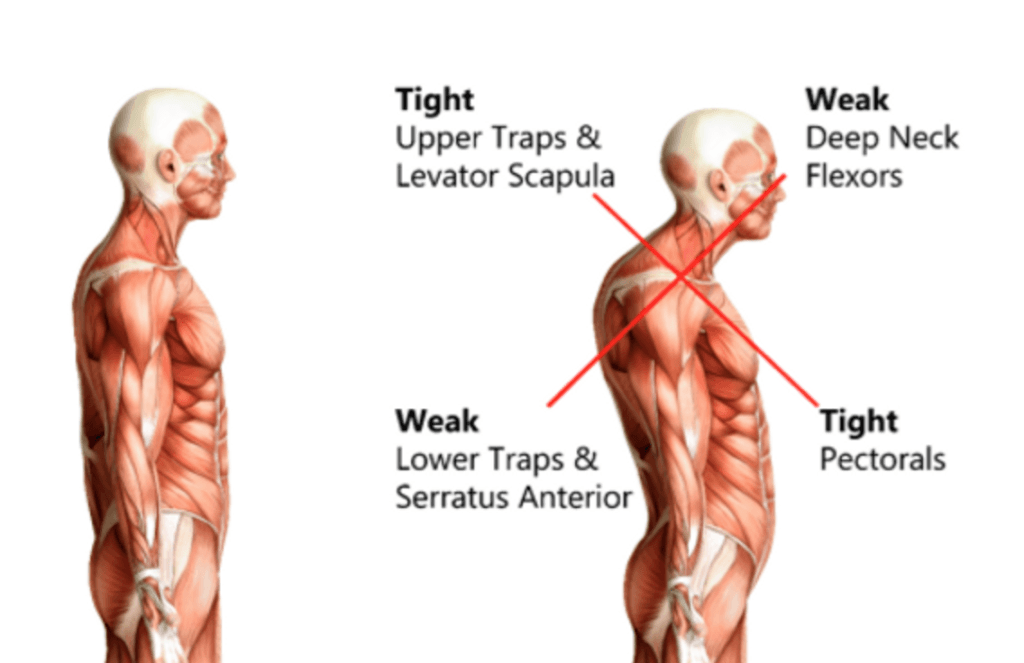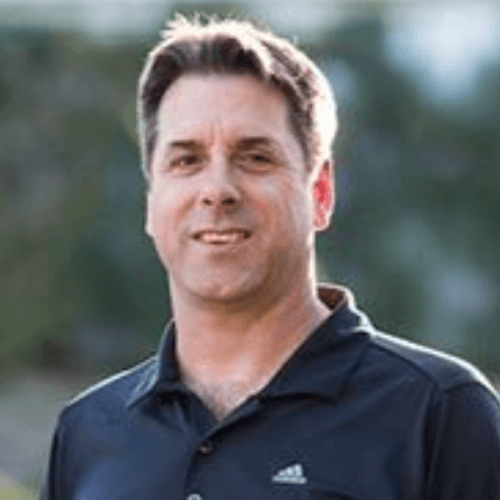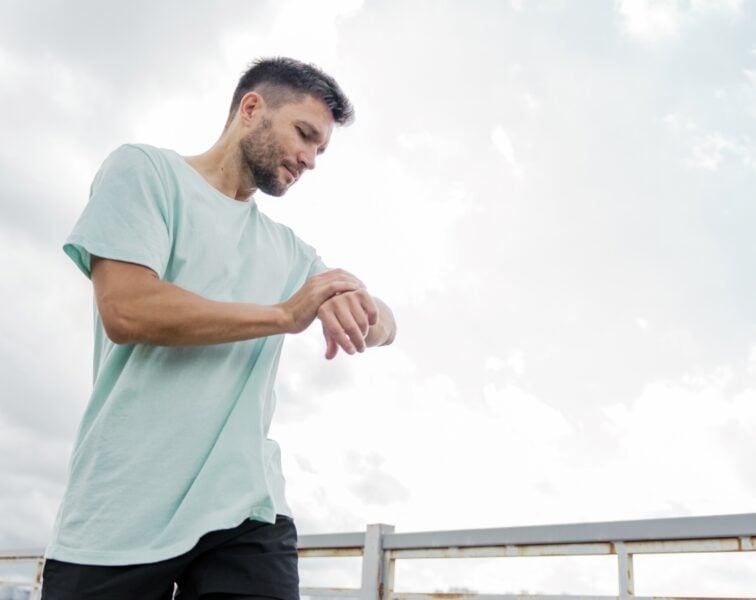Michael Rintala is a sports medicine chiropractor and one of only 18 international instructors teaching dynamic neuromuscular stabilization (DNS) for the Prague School of Rehabilitation. This episode focuses on understanding DNS, including the foundational principles and how it relates to human motor development. Michael also shares the most common injuries and issues he sees in patients in his practice, such as postural problems and back pain, and how the movements of a DNS program are used to avoid injury, maintain longevity, and improve sports performance.
Note: In addition to the extensive show notes, for this episode Drive members also get a collection of 8 instructive exercise videos. If you’re a subscriber, you can now view these videos at the bottom of this page (make sure you are logged in). If you are not a member, you can learn more about the member benefits here.

Subscribe on: APPLE PODCASTS | RSS | GOOGLE | OVERCAST | STITCHER
We discuss:
- Michael’s background in chiropractic sports medicine and rehabilitation (3:15);
- The Prague School of Rehabilitation, and functional rehabilitation as the foundation of the dynamic neuromuscular stabilization (DNS) program (5:00);
- Foundational principles of DNS, and the role of the diaphragm in muscular stability (19:00);
- Types of muscle contractions (28:15);
- Human motor development through the lens of DNS, and when issues begin to arise (32:30);
- Common postural syndromes (50:00);
- Increasing functional threshold to minimize time in the functional gap (56:45);
- DNS for injuries, pain, pre-habilitation, and performance enhancement (1:03:45);
- Etiology of back pain (1:10:00);
- How a stress fracture in his back led Michael to the Prague School (1:16:00);
- The Prague School curriculum: 3 tracks for certification in DNS (1:20:45); and
- More.
Get Peter’s expertise in your inbox 100% free.
Sign up to receive An Introductory Guide to Longevity by Peter Attia, weekly longevity-focused articles, and new podcast announcements.
Michael’s background in chiropractic sports medicine and rehabilitation [3:15]
- Grew up in Northern CA
- Went to UC San Diego
- Played multiple sports but was particularly interested in tennis
- Played lots of junior tennis tournaments
- Also played in college
- Today he is a chiropractor based in San Diego
- Specializes in rehabilitation sports medicine
- Part of sports medicine team for PGA Tour and the World Surf League Tour
- On USA Surfing Performance Committee
The Prague School of Rehabilitation, and functional rehabilitation as the foundation of the dynamic neuromuscular stabilization (DNS) program [5:00]
- Peter practices dynamic neuromuscular stabilization (DNS) and works with Michael, Beth Lewis, and Michael Stromsness
- Prague School of Rehabilitation founded in 1950s at Charles University in Prague in the Czech Republic (formerly Czechoslovakia)
- DNS is based on functional rehabilitation
- Pavel Kolář currently runs the rehabilitation department at Prague School
- Behind the Iron Curtain during Cold War, doctors tended towards observation and palpation for diagnosis and treatment
- DNS was pioneered by three Prague School neurologists, Vladimir Janda, Karel Lewit, and Václav Vojta
Postural habituation
- Prague’s Vladimir Janda described postural habituation, when a specific musculature tends towards tightness while other musculature tends towards weakness
- Upper cross syndrome: neck and shoulder region

Figure 1. Upper cross syndrome. Image credit: Rise Beyond Fitness
- When spend a lot of time sitting, the neck muscles would tend towards a tightening / over-activation / hypertonicity
- occipital muscles, the sternocleidomastoid (also attaches to the skull and down to the sternoclavicular joint), the pectoralis, the upper trapezius
{end of show notes preview}
Would you like access to extensive show notes and references for this podcast (and more)?
Check out this post to see an example of what the substantial show notes look like. Become a member today to get access.

Michael Rintala, D.C.
Michael Rintala is a San Diego-based chiropractor who specializes in rehabilitation and sports medicine. He is one of only 18 international instructors for the Prague School of Rehabilitation, teaching dynamic neuromuscular stabilization (DNS). He is also a certified Strength and Conditioning Specialist (CSCS) and certified in full body Active Release Technique. In addition, he serves on the PGA Tour Sports Medicine Team and the USA Surfing High Performance Committee.
Instagram: @rintala_movementflow
Facebook: Michael Rintala DC
Youtube Channel: Michael Rintala, DC
Websites: rintalachiro.com and rintalamovementdesigns.com



